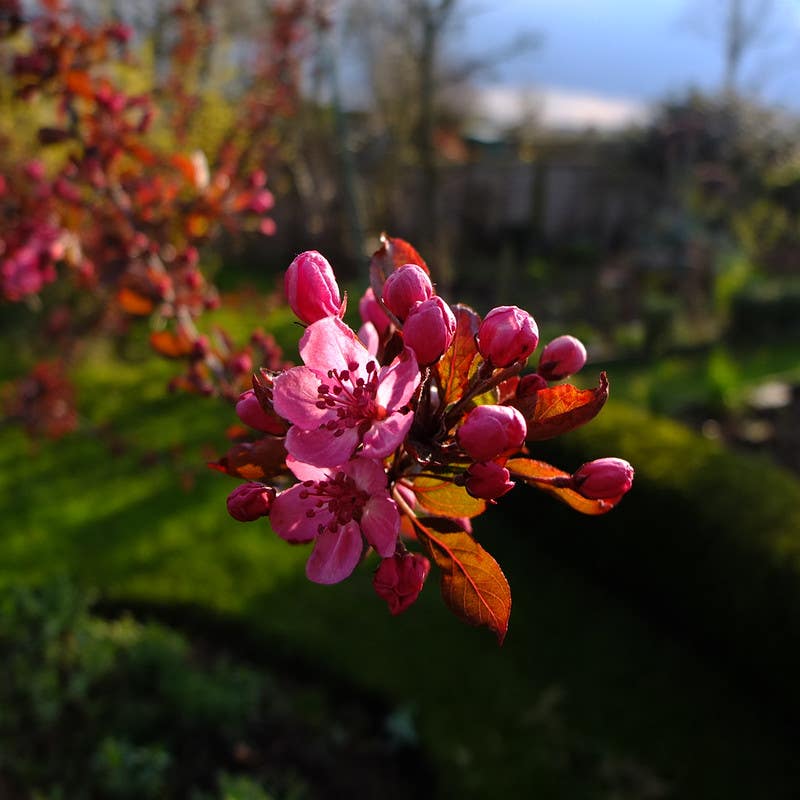‘Joanna Reed’ Catmint
Virtues: ‘Joanna Reed’ catmint offers a very long bloom time. Its dark purple flowers appear from late spring into fall. This perennial has a low, wide habit and it doesn’t…
Virtues: 'Joanna Reed' catmint offers a very long bloom time. Its dark purple flowers appear from late spring into fall. This perennial has a low, wide habit and it doesn't need shearing to stay tidy or healthy, whereas many other catmints do. Received a five-star "excellent" rating in a Chicago Botanic Garden evaluation of catmints, in which it was observed blooming into late October.Its flowers attract butterflies and bees and it is typically not bothered by deer.
Common name: 'Joanna Reed' catmint
Botanical name:Nepeta 'Joanna Reed'
Flowers: Tall spikes of small flowers, darker purple/blue than most catmints.
Foliage: Grayish green, small, held opposite on stems, scented. New growth quickly overtakes and hides spent flowers.
Habit: Upright herbaceous perennial to 3 feet tall and wide.
Season: Summer and autumn, for flowers.
Origin: A natural cross between Nepeta siberica and N. faassenii. The late Joanna Reed, a Pennsylavania gardener, discovered it in her garden and it was named for her by David Culp, who introduced it through Sunny Border Nurseries.
Cultivation: Grow in full sun and average, well-drained soil. Tolerates some drought once established. Do not fertilize catmints; it will create a surge of growth that results in floppy stems. 'Joanna Reed' is a sterile catmint, meaning it does not produce seeds so it will not "volunteer" throughout the garden. Propagate through stem cuttings or division in spring. Deer resistant. USDA Zones 3–8.







